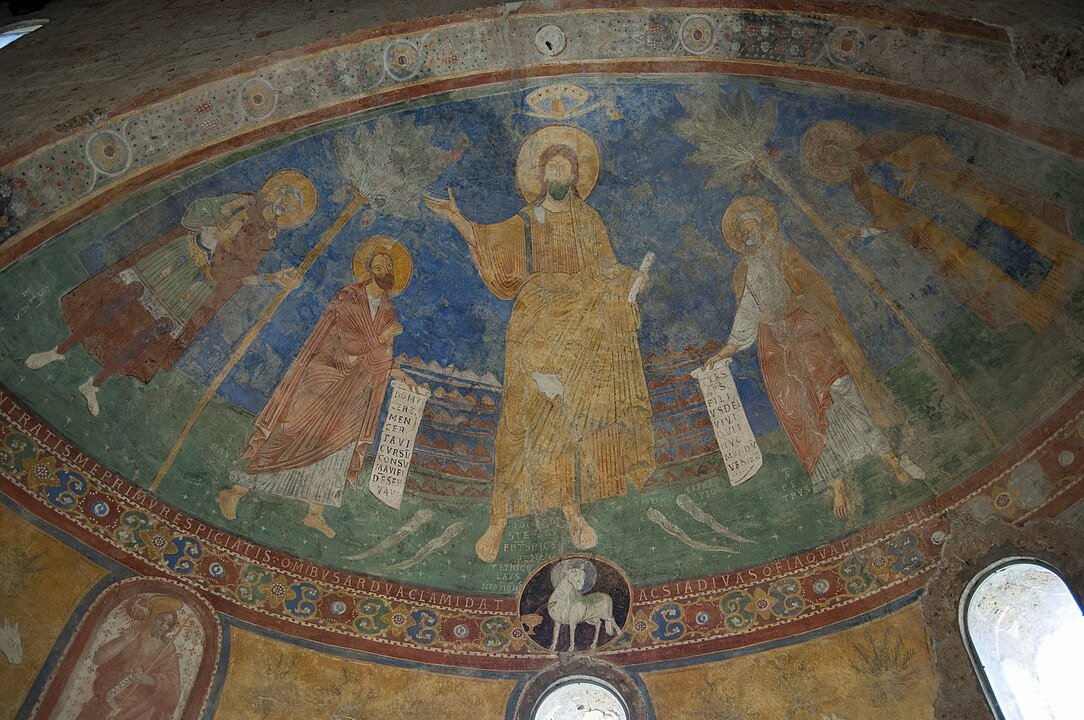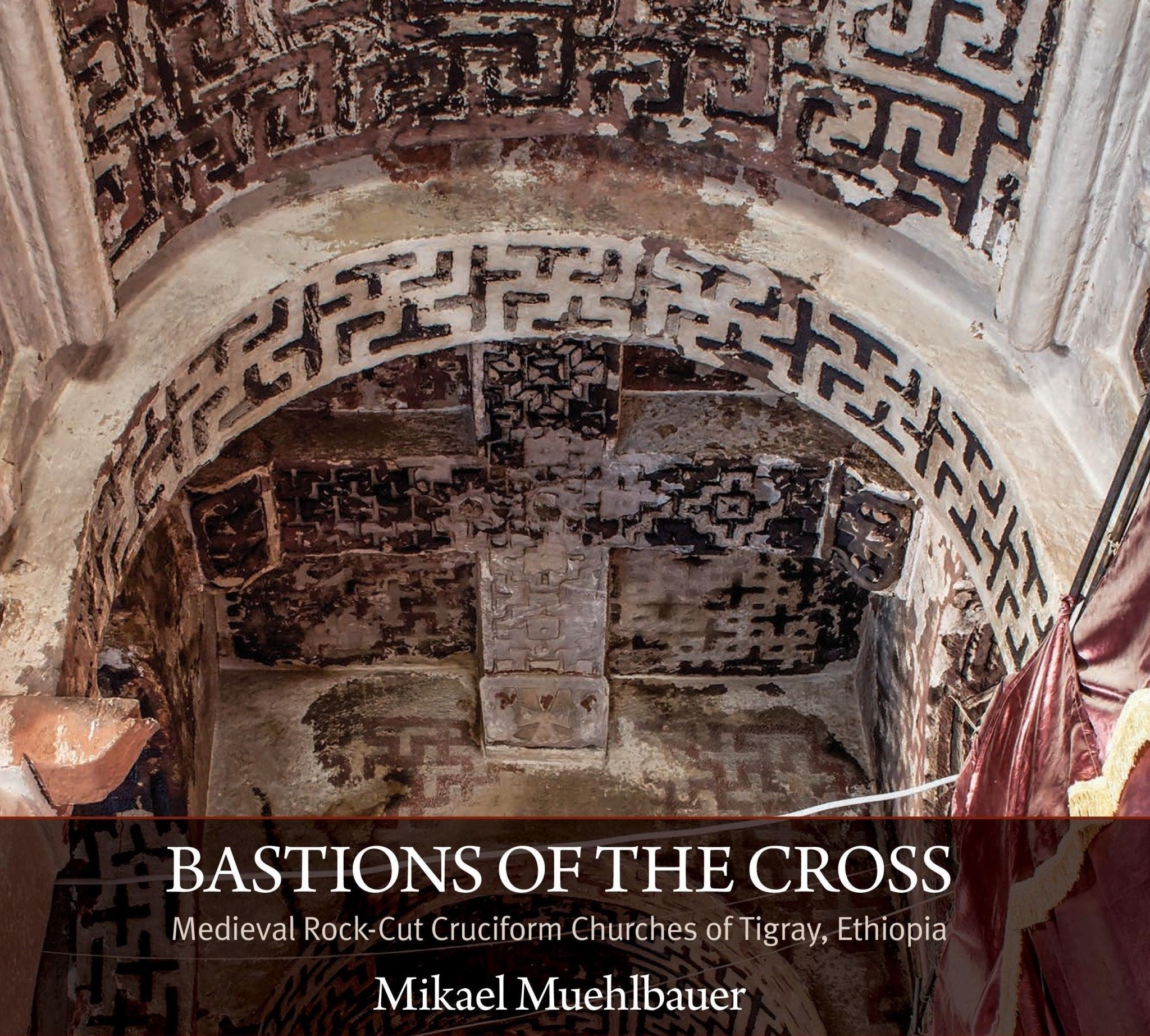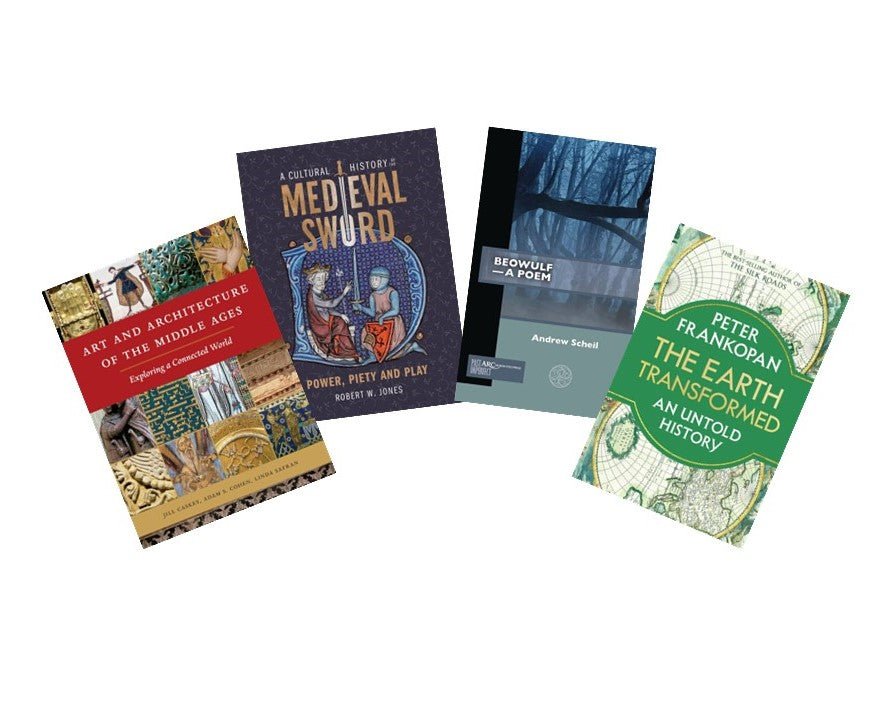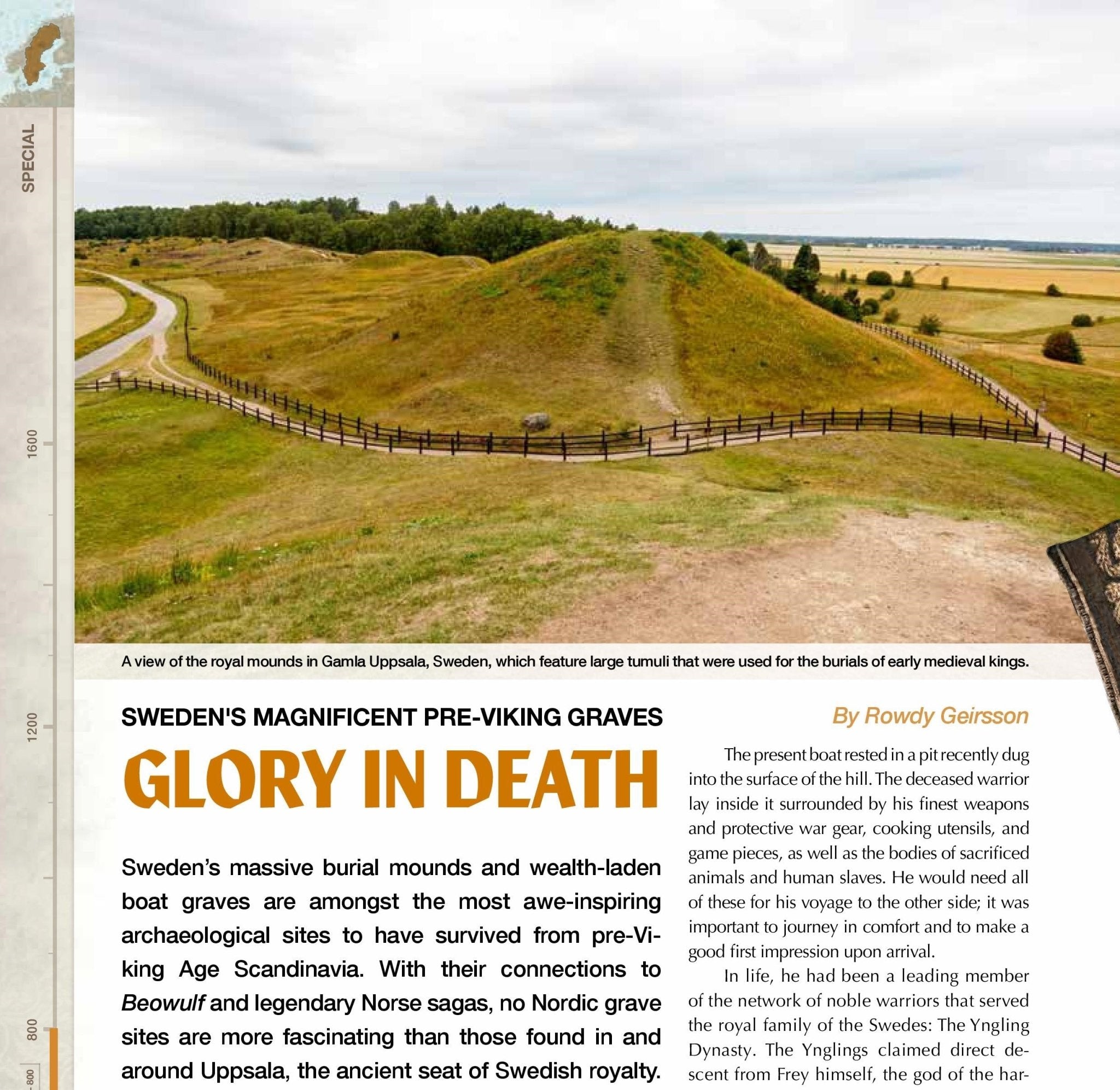Author Spotlight: James G. Clark
Let's learn a bit about one of our recent authors - Dr. James G. Clark - a Professor of History at the University of Exeter. He has written widely on the history of monasteries and their place in medieval and Reformation Europe. He has contributed to issue 10 of the magazine on "The Followers of Benedict: Religion, Ritual, and Reform".

What have you contributed to Medieval World?
Articles on "The Benedictines: The Rise of Monastic Religion," (18-25) and "Saint Benedict and His Rule: Guidance for Living a Good Monastic Life," (26-27).
Tell us a bit about your background as an historian. What edge do you think it gives you as an author and as an historian?
My training in historical research was at Oxford University, but since then, my research has taken me to archives and libraries across Europe and the USA. Most recently, I have been searching through the fragments of medieval monastic manuscripts in Reykjavik, Iceland. My research travels have underlined for me the wide reach of the medieval monastic tradition and the enduring fascination for its material culture in subsequent centuries.
Do you have a favourite event or figure or object from Middle Ages? Tell us about it.
I tend to be fixated by whatever site, artefact, or manuscript I’ve met with most recently, such as the fragments from the Old Norse version of the Rule of St Benedict now in the Norwegian National Archives, which tell of the transmission of Benedictinism across medieval Europe. Much of the evidence of medieval monasticism that survives tends to be institutional, and so I am always fascinated to find artefacts or documents which can tell us something about individuals and their personal experience. The graffito of a monk’s profile scribbled on the plaster at Cleeve Abbey in Somerset is a unique glimpse of the human life, and perhaps the humour, inside a medieval monastery. The self-portrait of the Benedictine nun ‘Guda’ in a breviary made in twelfth-century France signals not only her craft but also her character: she describes herself humbly as a ‘sinner’.
What sparks your initial interest in writing an article?
In this instance, and for the contributions to MWCC, the opportunity to present a wide sweep of history, spanning more-or-less a millennium from the early Middle Ages to the Reformation, was appealing.
Tell us a bit about your research and writing process. What research do you usually undertake for your articles?
For these articles I have researched examples of monasteries and their artefacts from diverse territories of medieval Europe, from the far north (Iceland, Greenland even) down through the Iberian peninsula.
Do you have a favourite article from the contributions already published in Medieval World?
The Mysteries issue (7) brings into focus some fascinating artefacts. As a manuscripts researcher, I especially enjoyed the account of the Voynich manuscript.
What do you find most valuable about this new magazine?
It’s great that MWCC is giving space to stories of recent research discoveries.
What book(s) are you currently reading?
Recently, as part of the research for my next book, I’ve been reading eighteenth-century Gothic Romances, which make use of monastery settings such as Anne Radcliffe’s The Romance of the Forest (1791) and Matthew Lewis’ The Monk (1796).
What book(s) on medieval history and culture would you recommend to our readers?
I’d especially recommend books that have captured the ‘ground level’ experience of ordinary people such as the classic micro-histories, Anne Wroe’s A fool and his money (1995) and Emmanuel Le Roy Ladurie’s Montaillou (1975).
Most recently, Dr. James G. Clark authored The Dissolution of the Monasteries. A New History, published by Yale University Press, now available in paperback. His next book, Monasterium, an account of monasteries and the making of medieval Europe, will be published by Allen Lane in 2026.





